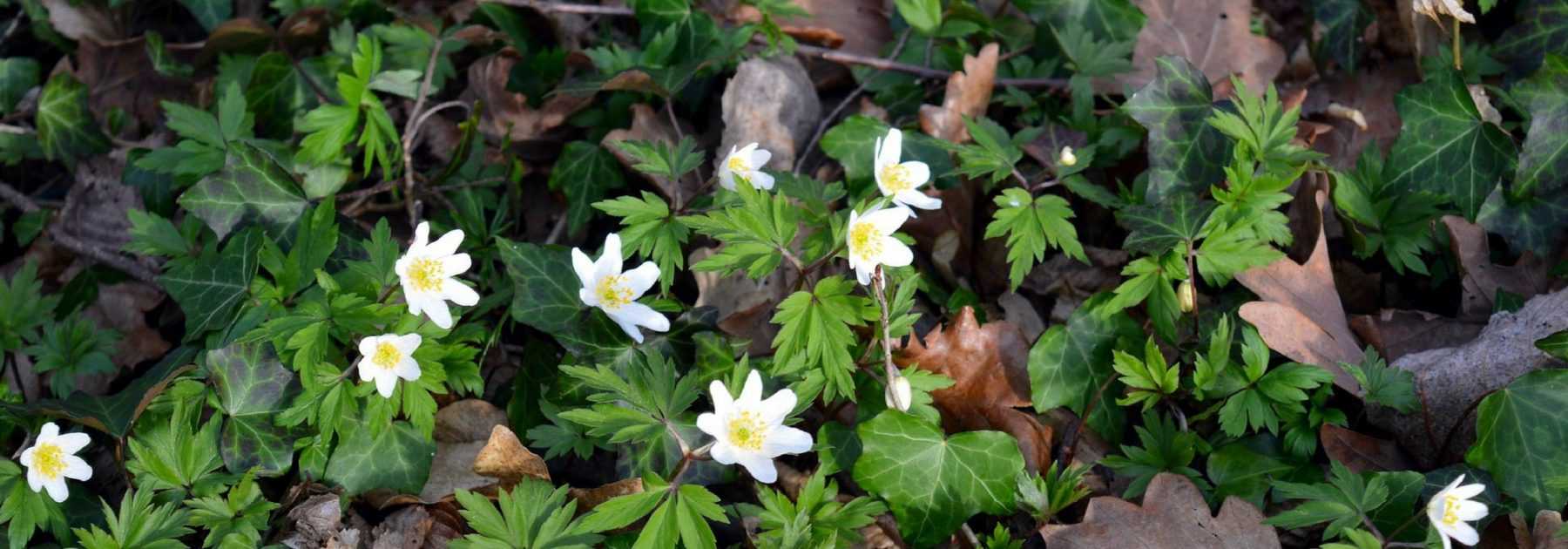
Wood Anemone: Planting Success Guide
from rootstocks
Contents
The wood anemone or windflower (Anemone nemorosa, in Latin) is a small perennial young plant found wild in woodland areas. In April-May, it forms beautiful carpets of white flowers and comes in a lovely range of blue, mauve and pink for the rarest varieties, with single or double blooms.
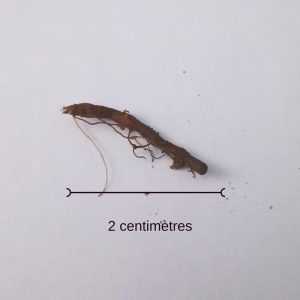
A piece of Anemone nemorosa rootstock
Sometimes referred to as a bulbous plant, the wood anemone is in fact a rhizomatous young plant.
When planted from a bucket, it establishes itself like any other perennial.
Most often, it settles into the garden as a section of root, which can be surprising. Indeed, the appearance of this piece of rootstock often confuses as it looks more like a small piece of dry wood than a future young plant!
This root section, kept in a bag filled with turf (to keep it moist) is very much alive and it is indeed from this that your future carpets of wood anemones will develop.
Don’t worry, establishment is excellent as long as the planting is done properly. To achieve this, follow our advice!
When to plant your wood anemones
The wood anemone rootstocks are ideally planted in autumn, between September and November and, reasonably, until the end of February.
Where to plant your wood anemone rootstocks?
The wood anemone, as its name suggests, thrives in shade or partial shade, in a cool spot sheltered from direct afternoon sun. It prefers humus-bearing soils, such as good woodland soil or, failing that, pure compost. Homemade leaf compost is excellent, but you can also use a good commercial compost. It likes soils that remain slightly moist but do not retain excess water, which could cause its roots to rot.
The wood anemone thrives in moderately acidic to neutral soil. If your soil is particularly chalky, mix garden soil with heather soil, following this ratio: 1/3 heather soil to 2/3 garden soil.
In the wild, it is found in Europe in leafy forests, where it carpets the ground with its pretty white flowers in spring. It is therefore an ideal plant for planting under trees.
In the garden, to ensure it establishes itself permanently, recreate this natural, humus-rich medium by adding well-rotted compost and mulching in autumn with dead leaves.
Discover other Anemone
View all →Available in 2 sizes
Available in 1 sizes
Available in 1 sizes
Available in 1 sizes
Available in 1 sizes
Available in 1 sizes
Available in 1 sizes
Available in 1 sizes
Available in 1 sizes
Available in 1 sizes
How to plant your Anemone nemorosa?
Your anemones are packaged in a small bag of moist turf. Keep them in their bag until planting, to prevent the rootstocks from drying out. If possible, plant them promptly upon receipt.
If this is not possible, you can store them in a cool place in their original packaging for a few weeks if needed. Do not let them dry out at room temperature indoors!
You can choose to plant them directly in the ground or prepare them in buckets.
1) Direct Planting in the Ground
We recommend direct planting in open ground—it’s a simple, quick method well-suited to this easy-to-grow plant.
To plant your wood anemones directly in the garden:
- Start by loosening the soil to the depth of a spade, then add any necessary amendments (compost, heather soil),
- Place your “root pieces” horizontally, about 6 cm deep. Do not bury them too deeply! If planting multiple rootstocks, space them 30 to 40 cm apart, as they will develop slowly but surely.
- Water them, even in winter,
- Mark the planting spot with a label or small stake.

Planting wood anemone rootstocks directly in the ground.
2) Planting in Buckets
This technique is recommended for beginners or for gardeners who tend to forget where they planted things and might mistake them for adventive plants in spring (it happens even to the most experienced!). Starting them in buckets and transplanting them to the garden in spring makes them more familiar and reduces the risk of accidental removal.This method is also useful if you order your Anemone nemorosa during very cold weather—it’s another way to keep them waiting before final planting.
To plant in buckets, it’s simple:
- Choose a good, rich, moist potting soil,
- Fill the bucket, then place the root section about 6 cm deep,
- Cover with soil and water,
- Keep the substrate moist but not waterlogged until the first leaves appear,
- Once well-developed, transplant them to the garden in prepared soil, as with direct planting.
The care of wood anemone
The wood anemone is a hardy plant, tolerating temperatures down to -15°C. Robust, it gradually spreads over the years without requiring maintenance.
Some gardeners are surprised to see it disappear after flowering: this is completely normal, as it enters a dormant period for 9 months before reappearing the following spring.
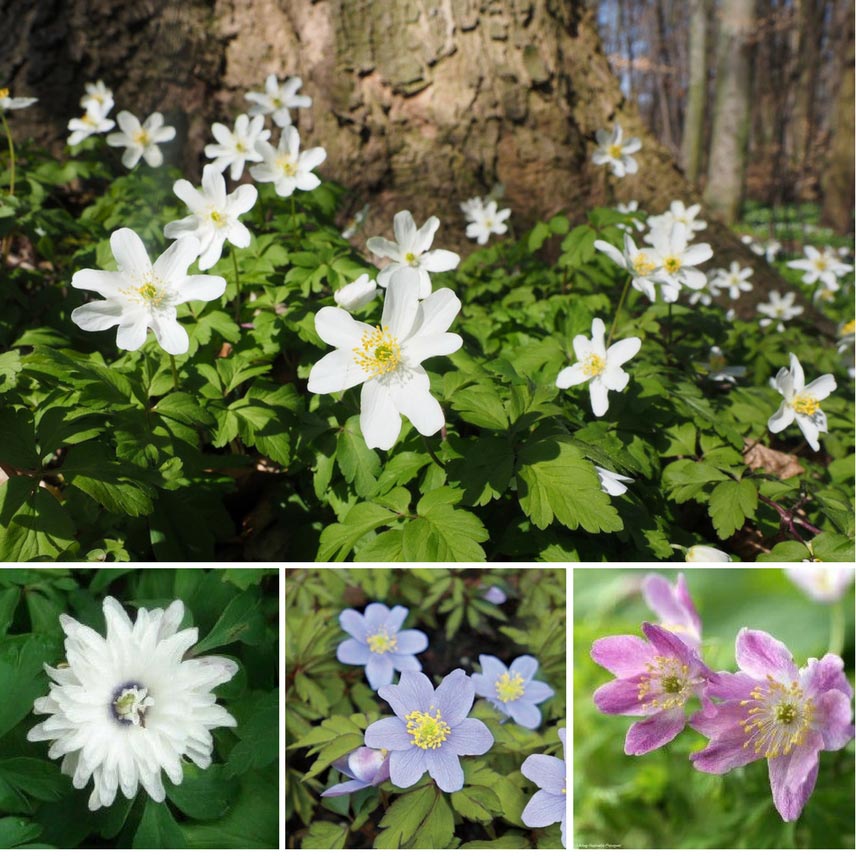
The wild wood anemone and different varieties: A. nemorosa ‘Blue Eyes’, A. nemorosa robinsoniana, A. nemorosa ‘Westwell Pink’
- Subscribe!
- Contents
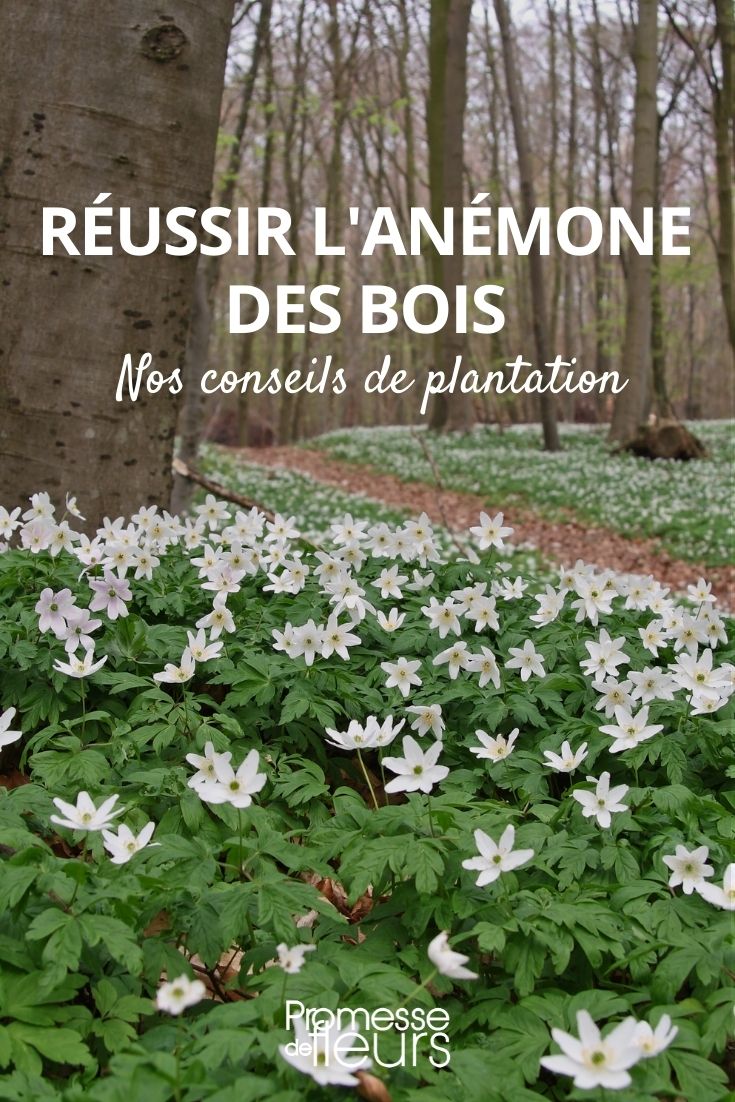


































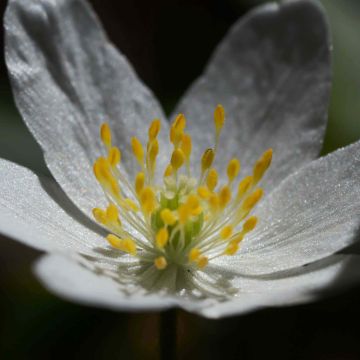
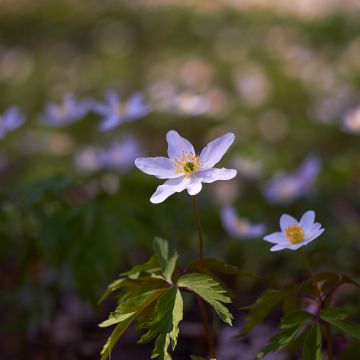
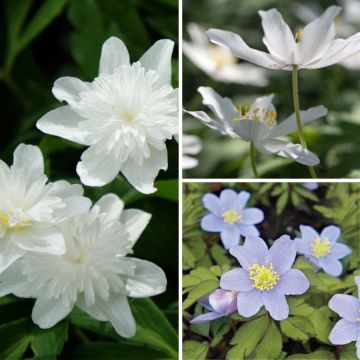
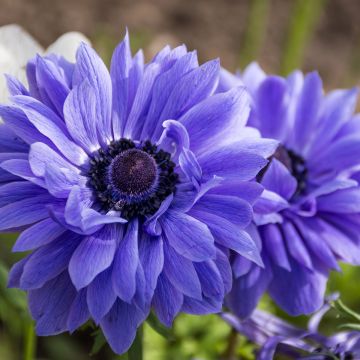
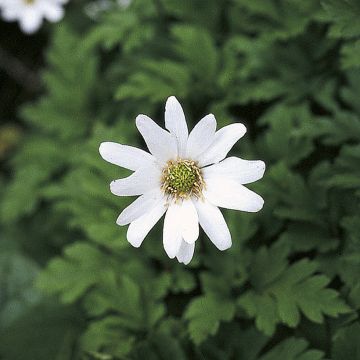
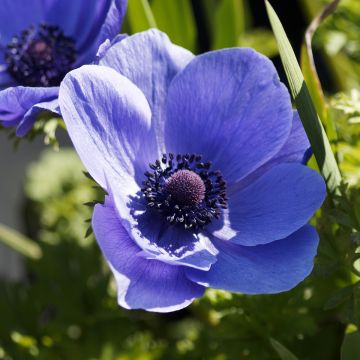
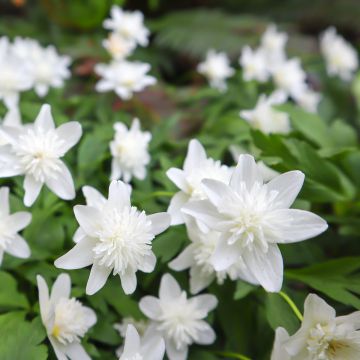
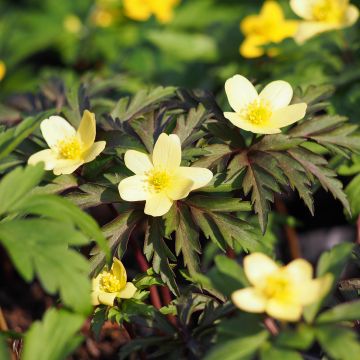

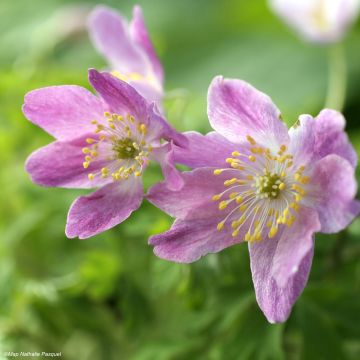
Comments